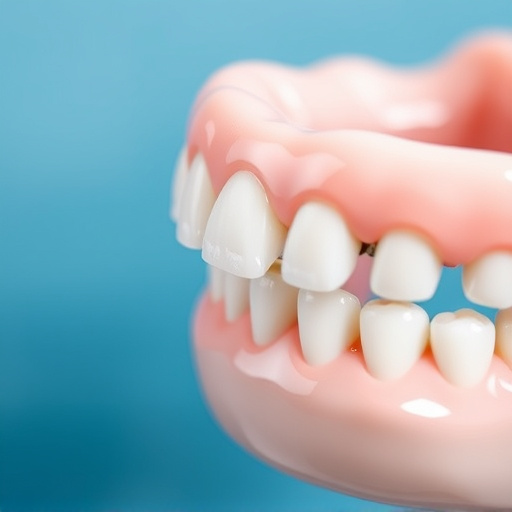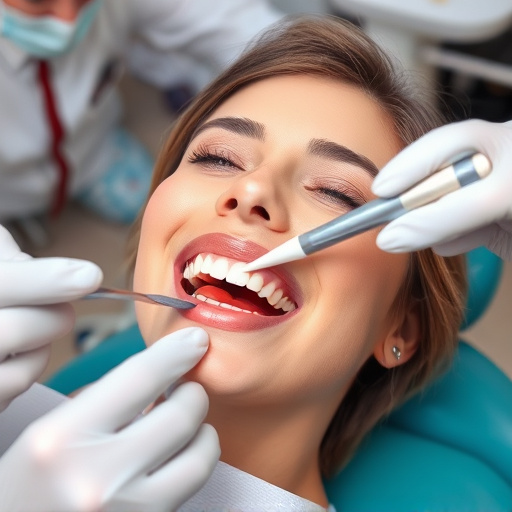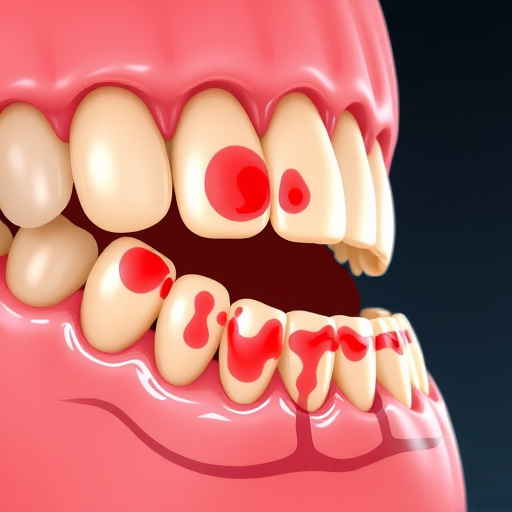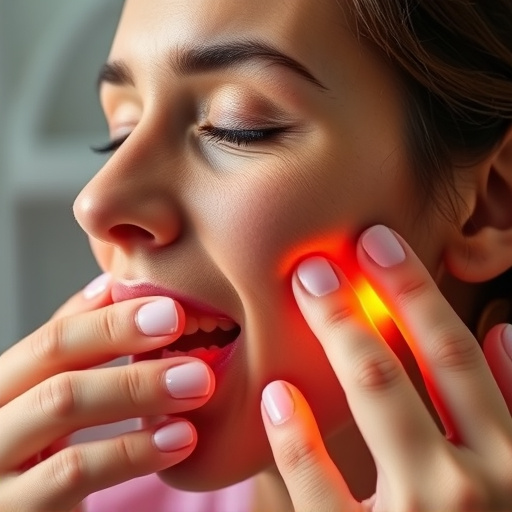Revolutionizing Dental Care: Safe Digital X-Rays for All Ages
Digital dental X-rays have revolutionized dental care by providing faster, safer, and more efficient…….
In the realm of dental healthcare, technology plays a pivotal role in enhancing diagnostics, treatment planning, and overall patient care. Among the many technological advancements that have reshaped modern dentistry, digital dental x-rays stand out as a game-changer. This article aims to provide an in-depth exploration of digital dental x-rays, their impact on oral health practices, and their global implications. By delving into various facets, from technical aspects and economic influences to policy frameworks and real-world applications, we will uncover the significance of this innovative technology and its potential to shape the future of dentistry.
Digital dental x-rays, also known as digital radiography or advanced imaging technology, represent a significant evolution from traditional film-based x-ray systems. It is a process that captures and digitizes oral cavity images, allowing for immediate analysis and interpretation by dental professionals. The core components of a digital dental x-ray system include:
The concept of digitizing dental radiography dates back to the early 1980s when researchers began exploring the potential of computer-aided imaging in dentistry. However, it was not until advancements in sensor technology and software development that digital dental x-rays became a viable alternative to film radiography in the mid-1990s. Over time, these systems have evolved, offering improved image quality, reduced radiation exposure, and enhanced clinical usability.
Digital dental x-rays offer numerous advantages over traditional methods:
The adoption of digital dental x-rays has spread globally, driven by the recognition of their benefits and advancements in technology. However, there are notable regional variations in their implementation:
| Region | Adoption Rate (%) | Key Factors Influencing Implementation |
|---|---|---|
| North America | 85% | Strong infrastructure, early availability of technology, and government incentives for digital transformation in healthcare. |
| Western Europe | 70% | Comprehensive oral health systems, robust dental insurance coverage, and active promotion by dental associations. |
| Asia-Pacific | 60% | Rapid technological advancements, growing dental tourism, and increasing disposable incomes. |
| Middle East & Africa | 45% | Expanding healthcare infrastructure, rising dental awareness, and support from international organizations. |
Several global trends are shaping the future of digital dental x-rays:
The global digital dental x-rays market has witnessed substantial growth over the past decade, driven by increasing demand for advanced dental technologies and rising healthcare expenditure. Key market dynamics include:
The economic viability of digital dental x-rays attracts significant investments from both public and private sectors:
The field of digital dental x-rays has witnessed several technological breakthroughs that have pushed the boundaries of oral healthcare:
The future of digital dental x-rays holds immense promise, with ongoing research and development focused on:
The implementation and regulation of digital dental x-rays vary across jurisdictions, influenced by local healthcare policies and cultural contexts:
Policymakers play a crucial role in shaping the trajectory of digital dental x-rays through:
Despite its numerous advantages, digital dental x-rays face several challenges that have hindered widespread adoption:
| Challenge | Strategies for Addressing |
|---|---|
| High Initial Costs: | Governments can provide subsidies or grants to dental practices, especially in underserved areas. Leasing options and financial partnerships can also make digital systems more accessible. |
| Lack of Training: | Comprehensive training programs and workshops should be offered to dental professionals, ensuring they are proficient in using the new technology effectively. |
| Data Security Concerns: | Strict data privacy laws and robust cybersecurity measures within digital systems are essential to protect patient information. Encryption and access controls can mitigate risks. |
| Resistance to Change: | Education campaigns highlighting the benefits of digital x-rays for both patients and providers can help alleviate resistance. Demonstration projects and pilot studies can showcase successful implementations. |
Criticisms and concerns regarding digital dental x-rays have focused on potential risks, such as:
Several countries have successfully integrated digital dental x-rays into their healthcare systems, leading to improved oral health outcomes:
Case Study 1: Canada’s National Dental Plan
Canada’s national dental care program has embraced digital technology, providing universal access to dental services. Digital x-rays are widely adopted in public and private clinics, enabling efficient diagnosis and treatment planning for a diverse patient population. The program’s success lies in combining robust infrastructure with targeted education and training initiatives.
Case Study 2: Mobile Dental Clinics in Africa
In remote areas of Kenya, mobile dental units equipped with digital x-ray technology have revolutionized oral healthcare access. These clinics bring advanced dental care to underserved communities, improving oral health outcomes and reducing the burden on primary healthcare facilities.
The future of digital dental x-rays holds immense potential across various domains:
To capitalize on these future prospects, stakeholders should focus on:
Digital dental x-rays have emerged as a transformative force in dentistry, offering improved diagnostics, enhanced patient care, and streamlined workflows. The global impact of this technology is evident in its widespread adoption and continuous evolution. As we look ahead, digital x-rays will play an even more critical role in addressing oral health challenges, ensuring that dental practices worldwide can provide high-quality, efficient, and accessible care.
Q: Are digital dental x-rays safer than traditional film radiography?
A: Yes, significantly. Digital systems use far less radiation, reducing patients’ exposure to harmful ionizing rays. This makes them a safer alternative for routine dental examinations.
Q: How do I know if my dental clinic uses digital x-rays?
A: Many modern dental clinics proudly display their digital imaging equipment as a testament to their commitment to advanced technology and patient care. You can also inquire directly with the clinic about their imaging capabilities.
Q: Can digital x-rays replace traditional dental radiography entirely?
A: While digital x-rays offer numerous advantages, they may not completely replace film radiography in all scenarios. For instance, certain specialized procedures or emergency situations might still require film radiography due to its unique properties.
Q: How does AI enhance the use of digital dental x-rays?
A: AI algorithms can automatically detect anomalies, such as cavities or gum disease, in digital images, providing immediate feedback to dentists. This technology aids in faster diagnosis and treatment planning.
Q: Are there any concerns about data privacy with digital dental records?
A: Absolutely. Patient data privacy is paramount. Strict data protection laws, robust cybersecurity measures, and encryption techniques are employed to safeguard sensitive dental information stored in digital formats.

Digital dental X-rays have revolutionized dental care by providing faster, safer, and more efficient…….

Digital dental X-rays have transformed dentistry by providing high-resolution images that detect sma…….

Digital dental X-rays revolutionize oral healthcare with instant, high-quality images that reduce pa…….

Digital dental X-rays have transformed oral healthcare by providing clearer images of teeth and gums…….

Digital dental X-rays have revolutionized dentistry by enhancing efficiency and patient care. They r…….